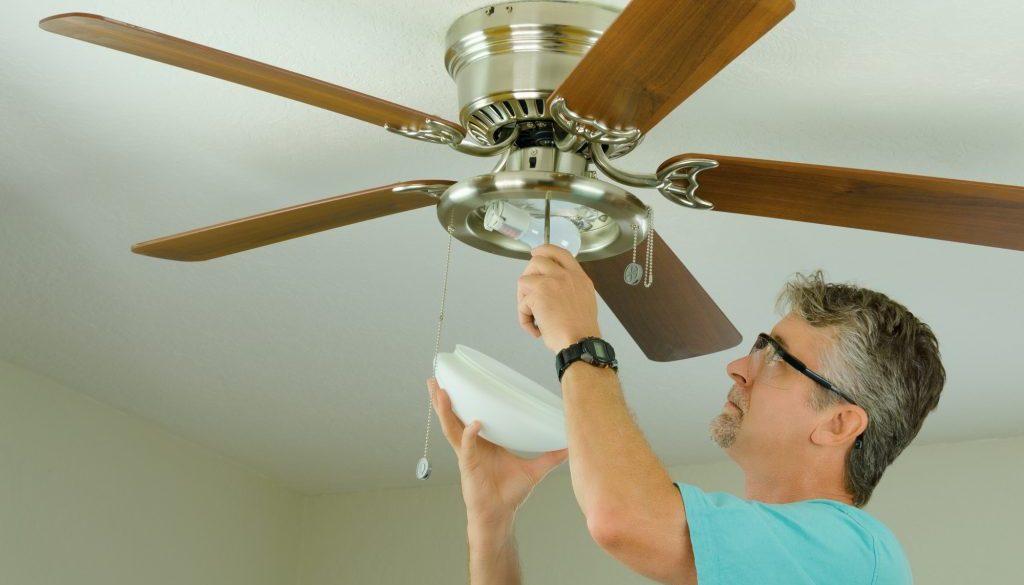
Installing a ceiling fan can be a great way to improve airflow and enhance the comfort of your living space. Whether you’re replacing an old fan or installing a new one, doing it yourself can save you money and give you a sense of accomplishment. However, it’s essential to approach the installation process with caution to ensure safety and proper functionality. In this article, we will provide you with DIY tips for ceiling fan installation and highlight common mistakes to avoid.
DIY Tips for Ceiling Fan Installation
- Read the Instructions: Before you begin the installation process, carefully read the manufacturer’s instructions that come with your ceiling fans. Familiarize yourself with the steps and requirements specific to your fan model.
- Turn Off the Power: Prior to starting any electrical work, turn off the power at the circuit breaker to prevent electrical accidents. Use a voltage tester to ensure that the power is indeed off before proceeding.
- Gather the Right Tools: Make sure you have all the necessary tools and equipment for the installation, such as a ladder, screwdrivers, wire strippers, pliers, and a voltage tester. Having everything on hand will make the installation process smoother and more efficient.
- Check Ceiling Fan Mounting: Before installing the fan, ensure that the ceiling can support the weight of the fan and that the mounting bracket is securely attached. If necessary, use a support brace or box to reinforce the ceiling.
- Securely Connect Wires: Properly connect the wires from the fan to the corresponding wires in the ceiling. Follow the manufacturer’s instructions and ensure that the connections are tight and secure. Use wire nuts to join the wires together and prevent any loose connections.
- Balance the Fan: After installing the fan blades, use a balancing kit (usually provided with the fan) to ensure that the fan operates smoothly without wobbling. Proper balancing will enhance both the performance and longevity of the fan.
Common Mistakes to Avoid
- Skipping the Electrical Checks: Always turn off the power before starting any electrical work. Failing to do so can lead to electrical shocks or damage to the fan or other electrical components.
- Improper Mounting: Ensure that the fan’s mounting bracket is securely attached to the ceiling and can support the weight of the fan. Failing to do so can result in the fan falling and causing injury or damage.
- Inadequate Wiring Connections: Take the time to properly connect the wires according to the manufacturer’s instructions. Loose or incorrect wiring can cause the fan to malfunction or even pose a fire hazard.
- Overlooking Ceiling Height: Consider the height of your ceiling when selecting a ceiling fan. Fans installed in rooms with low ceilings may need to be flush-mounted or installed with a low-profile kit to ensure proper clearance.
- Ignoring Fan Balance: Improperly balanced fan blades can cause excessive noise, wobbling, or even damage to the motor. Take the time to balance the fan blades using a balancing kit for a smooth and quiet operation.
- Not Seeking Professional Help When Needed: If you are unsure about any aspect of the installation process or encounter difficulties, it is best to seek professional help. Electricians or experienced handymen can ensure a safe and proper installation.
Conclusion
Installing a ceiling fan can be a rewarding DIY project, but it’s crucial to approach it with the right knowledge and caution. By following the tips provided and avoiding common mistakes, you can successfully install a ceiling fan that enhances the comfort and functionality of your living space. Remember to prioritize safety, read the instructions carefully, and seek professional help if needed. Enjoy the benefits of a properly installed ceiling fan and stay cool in style.



